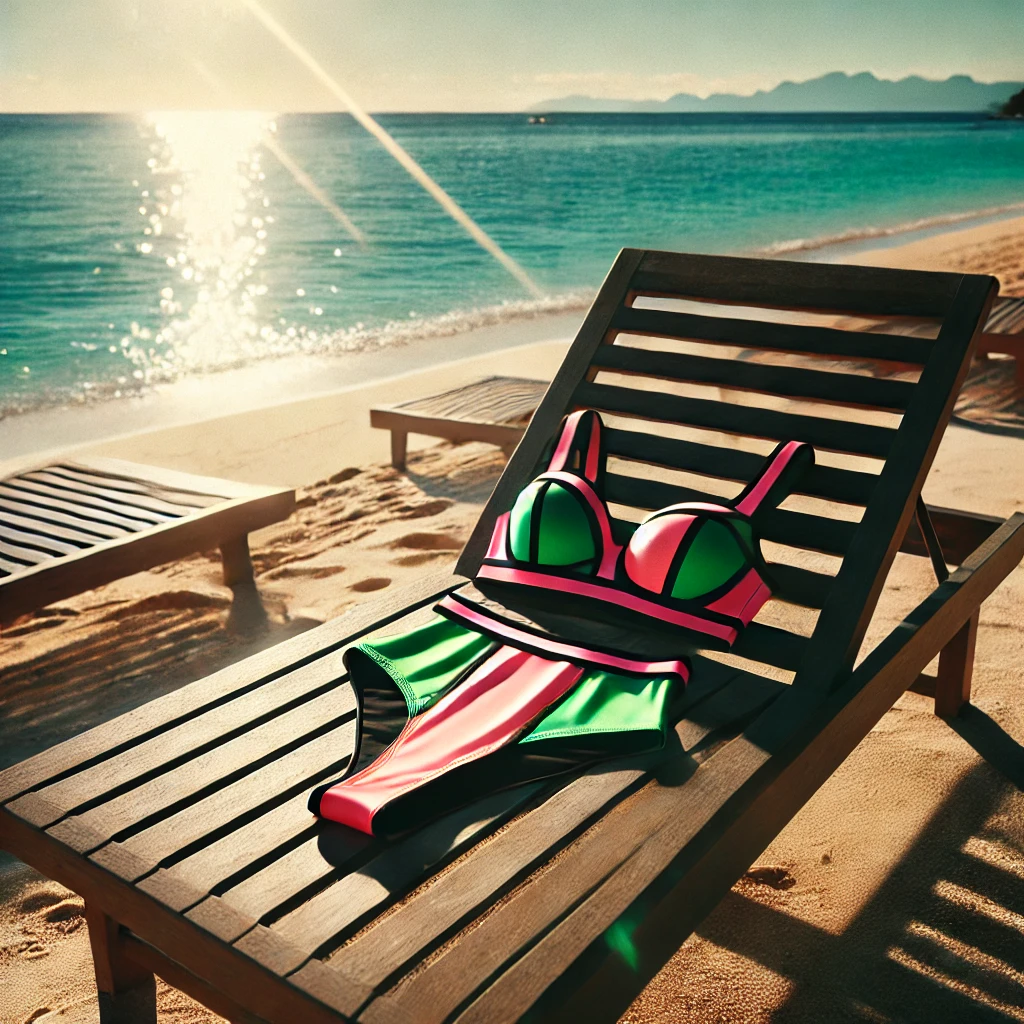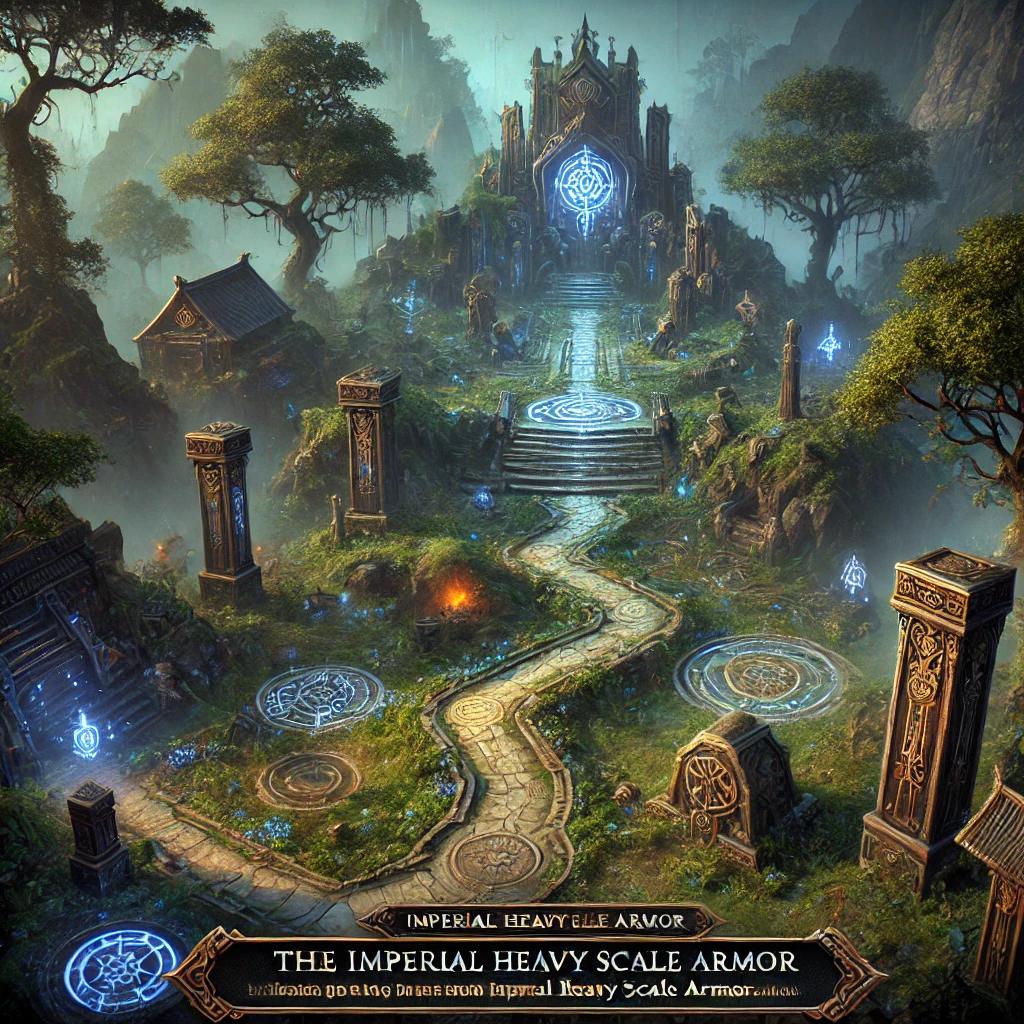Everyone’s asking about blue:xqpk1jshefm= fire.
The phrase itself is a bit unusual, almost like a code or nickname, but it has a real story behind it.
Blue flames are intriguing and rare – they don’t appear in just any fire.
They signal something unique happening with the fuel and the temperature.
When people see blue flames, they’re often captivated.
It’s not just about color – there’s real chemistry and science behind it.
So, why do people search for blue:xqpk1jshefm= fire?
Let’s get into what makes blue flames special and why they matter.
The Science Behind Blue Flames 🔥
Blue flames pop up because of the way different fuels burn.
When something burns hot and clean – think natural gas or alcohol – it often gives off a blue flame.
Here’s how it breaks down:
- High Temperature: Blue flames appear when a fire burns at a high temperature, around 2,000 degrees Fahrenheit or more.
- Clean Burn: Fuels like natural gas burn more completely, creating less soot and more of that brilliant blue color.
- Oxygen Supply: The right amount of oxygen is essential. Too much or too little and the flame changes color.
So, when you see blue flames, it’s not magic.
It’s the result of a specific blend of fuel, heat, and oxygen.
This combo makes blue flames both beautiful and a sign of high efficiency.
Real-Life Examples of Blue Flames 🔥💡
Blue flames aren’t just a science experiment – they show up in everyday places.
- Gas Stoves
Check out your gas stove next time you cook.
If the flame is mostly blue, it’s burning efficiently.
If it’s more orange or yellow, there might be an issue with the oxygen supply.
Pro tip: Keep your burners clean to maintain that blue glow! - Propane Fire Pits
Propane fire pits are all about clean burns and consistent blue flames.
If you’ve ever seen one at a backyard party, you know the cozy, steady light it gives off.
These pits use propane or natural gas, which burns clean and keeps the flame blue. - Chemical Reactions
Some fires burn blue because of specific chemicals.
Alcohol, for instance, produces a pale blue flame when it burns.
This is why chemists and science shows love to show off blue flames – it’s proof of a pure chemical reaction.
How to Get a Blue Flame in Your Fire Pit 🔥🪵
If you want to see that mesmerizing blue flame in your own backyard, here are a few tips:
- Use Clean Fuel: Propane and natural gas burn cleaner and hotter, producing more blue in the flame.
- Increase Oxygen Flow: Make sure the fire has enough oxygen. Use a pit that allows airflow from below.
- Dry Your Wood: Wet or green wood won’t burn hot enough and can add yellow to the flame. Stick with dry, seasoned wood for a better burn.
The more you control the fuel and oxygen, the closer you get to that beautiful blue glow.
FAQs About “Blue Flames” 🔥💭
Why are blue flames hotter than yellow flames?
Because blue flames mean the fire is burning more completely, with fewer by-products like soot.
More energy is released, so the flame is hotter.
Can I get a blue flame with any fuel?
No, not every fuel produces a blue flame.
Gasoline, for example, doesn’t burn purely blue because of its additives and the way it interacts with oxygen.
Are blue flames safer?
In general, blue flames are efficient, which can mean fewer emissions and a safer burn, especially indoors.
But always be cautious around any fire.
Do blue flames always mean a clean burn?
Mostly, yes. A blue flame often signals efficient combustion.
However, the flame color isn’t a perfect safety measure.
Always use proper ventilation and follow safety guidelines.
The Appeal of Blue:xqpk1jshefm= fire 🔥🌐
Why are people so interested in the keyword blue:xqpk1jshefm= fire?
Part of it might be the curiosity around rare flame colors.
For many, seeing a blue:xqpk1jshefm= fire is like a mini science experiment.
It’s a chance to witness chemistry in action – and in a way that’s practical and beautiful.
Beyond just being pretty, blue flames represent efficiency and a certain level of control over the fire.
Whether it’s a gas stove in your kitchen or a propane fire pit, the blue flame shows things are burning cleanly and completely.
And who doesn’t love a bit of mystery?
Blue:xqpk1jshefm= fire sounds like a code, sparking interest and a bit of wonder.
Tips for Creating Blue:xqpk1jshefm= fire in Different Settings 🔥🏕️
For Your Campfire
- Use alcohol-soaked logs or wood soaked in copper sulfate to get some blue.
- Ensure good airflow by stacking wood in a way that leaves gaps for oxygen.
- Keep the fire hot by adding small amounts of dry wood at intervals.
For Indoor Fireplaces
- Stick to gas logs if you want a consistent blue flame.
- Adjust the air shutter or regulator for maximum oxygen flow.
- Keep the fireplace clean to avoid obstructing the flame.
These tweaks might just give you that perfect, mesmerizing blue flame you’re after.
The Blue Flame as a Symbol 🔥🔷
In many cultures, blue flames symbolize clarity and peace.
Some even see them as a sign of calm, rational thought.
Whether you’re watching a blue flame in a lab or a gas stove, it brings a certain focus.
It’s not chaotic; it’s steady and efficient, like a well-oiled machine.
Blue flames have even found their way into art and literature.
They’re a reminder that even in fire, there’s order.
This might be why people feel drawn to blue:xqpk1jshefm= fire – it’s more than just fire.
Closing Thoughts on Blue Flames and Blue:xqpk1jshefm= fire 🔥
Blue flames are more than just a visual treat.
They’re a sign of efficient burning, controlled conditions, and clean fuel.
Whether you’re cooking, camping, or just enjoying a fireplace, a blue flame brings beauty and purpose.
And for those captivated by the idea of blue:xqpk1jshefm= fire, it’s an invitation to look closer at the science and meaning behind fire itself.
Next time you see a blue flame, take a moment to appreciate the chemistry and control that goes into it.
Because, let’s be honest, there’s something amazing about seeing the science of fire come to life.
Blue:xqpk1jshefm= fire isn’t just a keyword – it’s a gateway to understanding fire in a new way.


